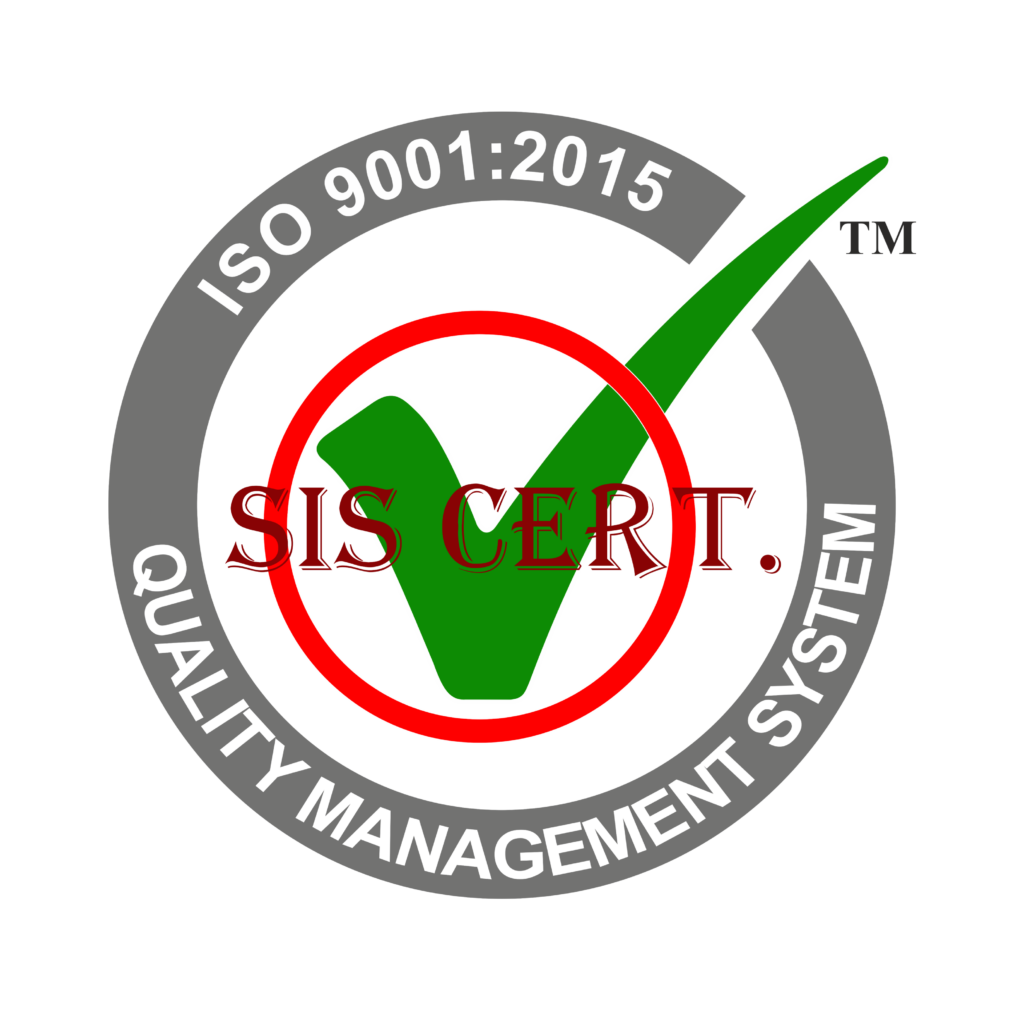The stainless steel industry is rapidly innovating, thanks to recent developments in cutting-edge technology. Automation, laser cutting, 3D printing, robotics, and corrosion resistance are just a few of the advancements revolutionizing the industry.
These technological advancements are making stainless steel production more efficient, cost-effective, and environmentally friendly. This article explores these eight cutting-edge innovations and how they are transforming stainless steel manufacturing.
Key Takeaways
- Automation is revolutionizing the stainless steel industry, leading to increased efficiency, better quality control, and reduced labor costs.
- Laser cutting technology offers precise and repeatable cutting processes, faster and more accurate cuts, and the ability to create complex shapes and patterns.
- 3D printing technology has the potential to transform the industry by producing parts with intricate shapes and complex internal geometries, reducing production time and cost, and eliminating the need for tooling.
- Robotics in the stainless steel industry improve accuracy, precision, and efficiency, reduce human labor and error, work with various materials, and increase production speed.
Automation
Automating production processes is revolutionizing the stainless steel industry, allowing for increased efficiency and better quality control. Technological advancements in stainless steel are driving innovation in the global market, making it easier for manufacturers to quickly develop and produce high-quality products. Automation has enabled stainless steel producers to reduce costs and increase production capacity, leading to increased profitability. The use of automation in stainless steel production has helped to reduce labor costs and improve product quality.
Automation has also made it possible for stainless steel producers to reduce their energy consumption and waste, resulting in a more sustainable manufacturing process. Automation has allowed for greater precision when cutting and shaping stainless steel, leading to improved accuracy and fewer mistakes. Additionally, automated processes have enabled stainless steel producers to reduce the amount of time spent on production, resulting in faster delivery of products.
Laser Cutting
Building on the automation revolution, laser cutting is another technological advancement in stainless steel production that is revolutionizing the industry. It is a precise, repeatable process that uses a high-powered laser to cut shapes and patterns into stainless steel sheet metal. This cutting process is faster than traditional methods, and the resulting cuts have a higher degree of accuracy and are much cleaner with less work needed to finish them. Laser cutting also produces less waste material, meaning it can save the industry time and money.
When combined with CAD/CAM systems, the automated laser cutting process can create complex shapes and patterns, with intricate detail, for projects that would have been impossible to do with traditional methods. This flexibility allows stainless steel manufacturers to create custom parts quickly and efficiently, meeting the needs of their customers and the demands of a rapidly changing marketplace.
Laser cutting is a safe, economical and efficient process that is revolutionizing the stainless steel industry. The ability to quickly and accurately cut stainless steel into complex shapes and patterns is driving new levels of innovation and creativity, helping to create the products of the future.
3D Printing
3D printing is a revolutionary technology that has the potential to drastically transform the stainless steel industry. It is a manufacturing process that builds three-dimensional objects from a digital file using a layer-by-layer technique.
With this technology, stainless steel parts can be produced with intricate geometric shapes, complex internal geometries, and high-precision surface finishes. The ability to rapidly produce parts with complex geometries and precise tolerances, while minimizing material waste, has the potential to revolutionize the stainless steel industry.
The development of 3D printing technology has the potential to reduce production time and cost dramatically. By utilizing 3D printing, stainless steel components can be produced with a higher degree of accuracy, enabling manufacturers to produce intricate parts with greater efficiency and quality. Furthermore, 3D printing eliminates the need for tooling, as the process requires no additional molds and dies. This has the potential to create significant cost savings for companies that produce stainless steel components.
The future of 3D printing in the stainless steel industry looks bright. As the technology continues to evolve, it will become increasingly cost-effective and easier to use. With the ability to produce parts quickly and with greater accuracy, 3D printing will become an invaluable tool for the stainless steel industry.
It is clear that 3D printing is revolutionizing the stainless steel industry and will be the catalyst for many innovative advancements in the years to come.
Robotics
In addition to 3D printing, another tech innovation revolutionizing the stainless steel industry is the use of robotics. Robotics offers a range of benefits, including improved accuracy and precision, increased efficiency, and lower levels of human labor. Automated robots are capable of performing complex tasks that would otherwise be too dangerous or difficult for human hands. Furthermore, robots are able to work at an incredibly fast pace, churning out stainless steel products in a fraction of the time it would take a human worker.
Robotic automation also helps to eliminate human error, reducing the risk of faulty products and ensuring that products meet customer expectations. Additionally, robots can be programmed to work with a variety of materials, from stainless steel to aluminum, making them incredibly versatile. As a result, companies can reduce their costs by using robots to manufacture products.
The use of robotics in the stainless steel industry is an innovative development that is revolutionizing the way stainless steel products are produced. By leveraging the power of robotics, companies can reduce costs, improve accuracy, and increase production speed. This will lead to higher quality products and better customer satisfaction.
Corrosion Resistance
When it comes to stainless steel, corrosion resistance is a key factor that can be significantly improved through the use of cutting-edge technologies. Advanced processes and surface treatments are being developed to increase the protective qualities of stainless steel, allowing it to withstand harsher environmental conditions. For example, nanotechnology-based coatings are being developed to provide an extra layer of protection against corrosion and other environmental elements. These coatings can be applied to multiple stainless steel surfaces, making them more resistant to rust and wear.
Another innovative technology being used to increase corrosion resistance is advanced laser welding. This technique uses powerful lasers to form strong and precise welds that are highly resistant to corrosion. This is especially beneficial for applications in which the stainless steel is exposed to extreme environmental conditions, such as high temperatures and humidity. The laser welding process also produces a smoother surface finish that is less prone to corrosion.
Frequently Asked Questions
What Are the Cost Benefits of Using Automated Stainless Steel Production?
The cost benefits of automated stainless steel production are significant, as it eliminates labor costs and increases production speed and efficiency. This results in higher profits and lower overhead.
How Is Laser Cutting Used to Improve the Quality of Stainless Steel Production?
Laser cutting is a key innovation for stainless steel production. It offers greater precision and accuracy, resulting in higher quality parts and products. It is also faster and more efficient, reducing costs and increasing productivity.
How Does 3D Printing Enhance the Design Capabilities of Stainless Steel Products?
3D printing offers the stainless steel industry unprecedented design flexibility, enabling manufacturers to quickly and cost-effectively create customized components with complex geometries. This revolutionary technology can produce intricate shapes, contours, and textures that would be difficult or impossible to create using traditional manufacturing methods.
What Are the Safety Considerations of Using Robots in Stainless Steel Production?
Robotic production of stainless steel presents a major safety concern due to the hazardous nature of the materials and processes involved. Operators must be highly trained to ensure correct operation and to minimize risk of accidents. Additionally, proper safety protocols must be followed to protect workers and machines from the risks of working with stainless steel.
How Can the Corrosion Resistance of Stainless Steel Be Improved?
To improve corrosion resistance of stainless steel, one can invest in new technologies, such as passivation treatments and advanced coatings. These innovative solutions can help extend the life of stainless steel and increase its durability.
Conclusion
The stainless steel industry has experienced a vast transformation due to the introduction of cutting-edge technology. Automation, laser cutting, 3D printing, robotics, and corrosion resistance are just some of the innovations that have revolutionized the industry.
This technological development has enabled stainless steel producers to reduce costs and increase productivity, thereby improving the overall quality of their products. As a result, the stainless steel industry stands to benefit from the continued evolution of these technologies in the coming years.


